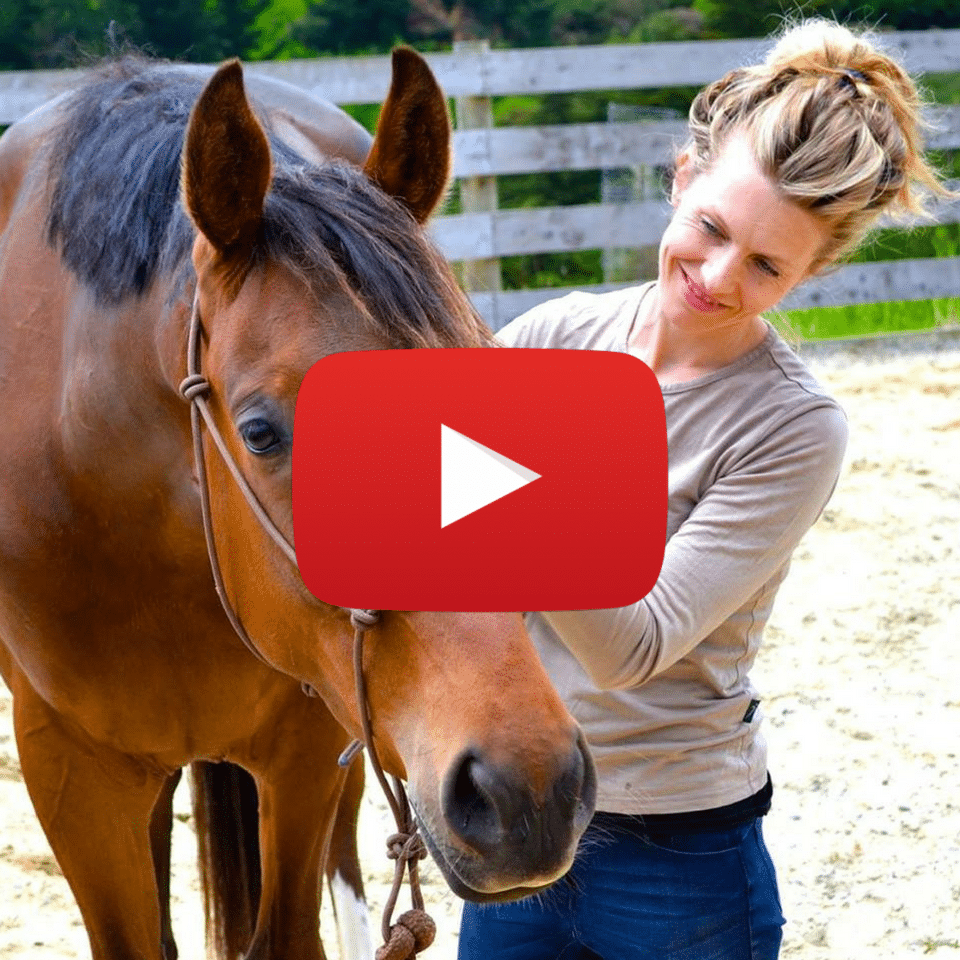Showing up is something that’s talked about a lot. Personally, I’m a fan of it. After all, nothing happens, changes, or gets discovered if you don’t show up first.
But what I’ve realised along the way is that the art of showing up is a lot more nuanced than many of us realise.
Showing up, we might not understand, is full of compassion.
Truly showing up has excellent boundaries.
And while showing up is most definitely about taking action… that might not actually look the way we think it’s going to look.
What I now understand about showing up is that many of us have quite a linear view of what that means.
When we say to ourselves “I have to show up” we are often thinking of facing the thing that we find hard. In this case, showing up exists in relation to challenge.
When we say to ourselves, “I have to show up” we are often thinking of taking action towards something in a way that opposes the energy that we now feel. So, if we feel low, or we don’t want to do the thing that we think we should do, showing up would mean getting on and doing it anyway.
Showing up in spite of ourselves. Kind of a telling statement really.
But what if when we talk about showing up, we added a few words to the end. What if we added “Showing up FOR ourselves”? How would that change things? For me, it changes things quite a lot.
If I show up for myself, I recognise that action can exist in many different forms. Instead of “pushing through” and doing the thing that we really don’t want to do, it’s meeting ourselves where we are at; honouring what presents, and gently easing forward.
In my work, I hold a particular view of thinking and action that’s informed by my nervous system understandings and training. When our nervous system is in a place of adaptability and responsiveness, the main role of the conscious brain is of choice maker and observer.
We receive the information from the unconscious brain, and we make decisions and take action based on this information. This sounds simple, basic, and perhaps even obvious… but in reality, it’s anything but. Most of us are functioning in the reverse.
Instead of our multiple sensory systems gathering information from the environment and having that inform our response, we relate to our world and to ourselves solely with our thoughts.
This is where we get ourselves in quite a lot of trouble.
Our thoughts, it turns out, are meant to exist towards the middle of the chain, rather than at the beginning of it; they are supposed to be making decisions based on the information gathering of our sensory systems and our unconscious brain, not doing the whole kit and kaboodle.
How does this relate to a conversation about showing up? Well, it turns out quite a lot.
Letting your unconscious brain lead the show is something that we have been trained out of. At the base of it, we have been trained out of trusting ourselves. If my unconscious brain is restored to its natural position in the hierarchy of thinking and thought, how I show up from day to day is going to be wildly different. As each moment changes, so do I. Because I exist in relationship to the moment.
This means that some days, the best action I can choose is rest.
This means that some days, I might have to create a boundary for myself that may challenge what is socially accepted of me.
This means recognising the many different forms that action can take that aren’t all about push, push, push.
If my thoughts are leading the show, however, I am much more susceptible to the “shoulds” and “have to’s”.
Instead of responding to the moment and allowing that to inform my responses, I carry a plan with me- a mental model- that informs what I choose to do and how I choose to act. I’ve decided how I need to be and what I need to do in a time and place separate to the one I am existing in now. And in that place, showing up becomes a box we need to fit into, rather than a moment-to-moment decision.
I’m going to continue tomorrow with a “Part 2” to bring in some other aspects of this conversation tomorrow but for the moment, I would like you to consider:
What does showing up look like if I’m showing up for myself?
And:
How often do I leave myself free to respond to the moment rather than a pre-conceived plan or set of expectations about what I should be doing?
Onwards.
 Jane
Jane
